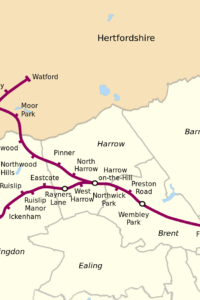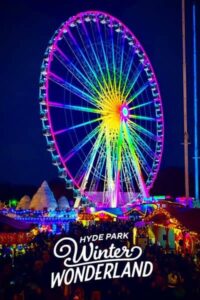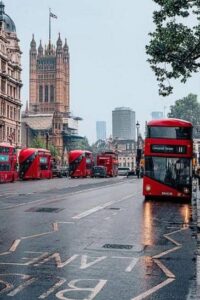London’s ever-changing skyline is one of the most recognizable in the world.
Views across the Thames or from up at The O2 reveal a breathtaking cityscape bristling with skyscrapers.
From the spectacular dome of St Paul’s to the instantly recognizable Gherkin, London’s architecture speaks volumes about its history and character.
Surprisingly, London wasn’t always known for its tall buildings and stunningly original architecture.
Prince Charles famously railed against the construction of buildings that didn’t meet his idea of good design.
Therefore, world-famous architects such as Mies van der Rohe and Jean Nouvel were marginalized.
As for particularly tall buildings, the height restrictions that prevented the construction of traditional “skyscrapers” weren’t lifted until after 1960.
London skyline today blends tradition and exuberance, with traditional towers peeking dubiously over playful multi-coloured structures.
Here are 15 of its most iconic buildings (starting with the tallest):
Contents
- 1 1. The Shard – 1,016 Feet
- 2 2. Twentytwo (22 Bishopsgate) – 912 Feet
- 3 3. One Canada Square -770 feet
- 4 4. Salesforce Tower/Heron Tower – 755 Feet
- 5 5. Leadenhall Building/The Cheesegrater – 738 Feet
- 6 6. BT Tower – 620 Feet
- 7 7. The Scalpel – 620 Feet
- 8 8. The Gherkin – 591 Feet
- 9 9. One Blackfriars – 543 feet
- 10 10. The Walkie Talkie – 525 Feet
- 11 11. Strata SE1 (The Razor) – 482 Feet
- 12 12. Manhattan Loft Gardens – 469 Feet
- 13 13. St Paul’s Cathedral-365 Feet
- 14 14. Westminster Palace – 323 Feet
- 15 15. City Hall – 147 Feet
1. The Shard – 1,016 Feet
32 London Bridge Street, London SE1 9SG, UK
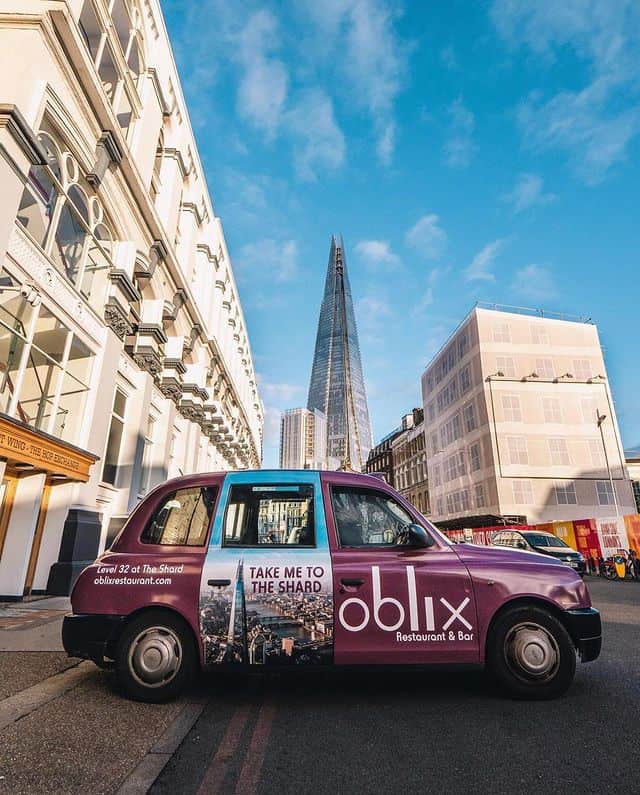
Formerly known as “The Shard London Bridge” and “London Bridge Tower,” The Shard is the tallest building in the UK.
It was once the tallest in Europe but has since been overtaken by six others: five in Russia and one in Poland.
The Shard was designed by the famous Italian architect Renzo Piano.
It stands proud at 1,016 feet (309.6 meters) tall and has 72 floors, plus 15 radiator floors on the roof.
It is a mixed-use development with a lobby, office spaces, hotel, spa, and residential apartments.
The building also houses the UK’s tallest viewing gallery and open-air observation deck with the best views of London.
The building is irregularly triangular and is clad entirely in glass with a ventilated double-skin façade.
Shard London was designed in 2000 and was subject to a public inquiry in 2002 after opposition from local authorities and heritage bodies.
An interim funding package was secured in 2006, but the financial problems of 2008 threatened the project before Qatari investors took control.
Construction began in March 2009, and by November 2010, the building had passed the 235-meter mark, making it Britain’s tallest building.
2. Twentytwo (22 Bishopsgate) – 912 Feet
22 Bishopsgate, London, UK
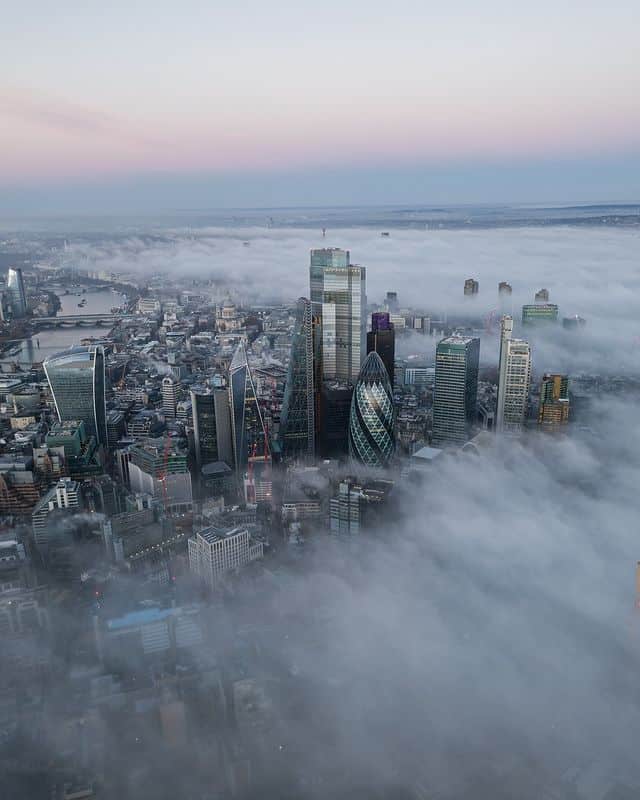
This is another iconic building at 22 Bishopsgate in London’s financial district.
It is a relatively new addition to the London skyline outdoing One Canada Square as the 2nd tallest building in London and probably the largest office building ever built in the UK.
The skyscraper rises 912 feet (278 meters) above the ground and has over 195,000 square meters of floor space.
Twentytwo was initially designed by Kohn Pedersen Fox, an American architectural firm, as a 1,890 feet (288 meters) tower called The Pinnacle.
Construction began in 2008 but was halted at seven stories in 2012 due to the Great Recession.
The building was later redesigned and named after its street address, 22 Bishopsgate.
3. One Canada Square -770 feet
1 Canada Square, Canary Wharf, London E14 5AB, UK
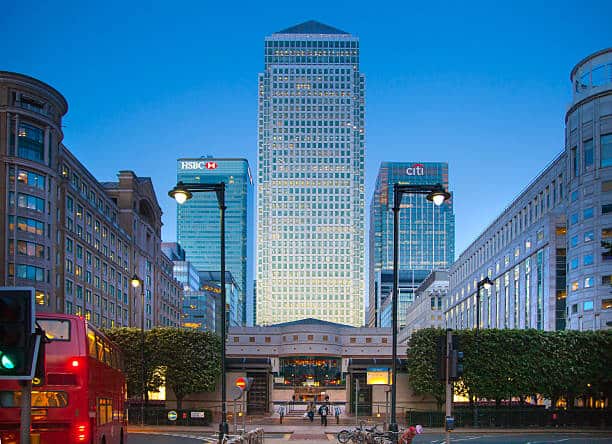
Before The Shard and Twentytwo were built, One Canada Square, also known as Canary Wharf Tower, was the tallest skyscraper in London.
The building is the flagship of a series of stately tall steel and glass towers with a pyramidal top and regularly perforated windows.
At 235 meters tall and over 50 stories, it is the tallest building on the Canary Wharf skyline and the third tallest building in the UK.
With an area of over 400,000 square meters, it is also one of the largest buildings in the UK.
The building was designed by Cesar Pelli and Associates in collaboration with Adamson Associate Architects Ltd. It is built on the site of the former West India Docks.
One Canada Square primarily serves as an office building for various businesses. The steel building dominates the Thames waterfront and is approved by most Londoners.
More than 9000 people work in the building, which houses offices, a retail centre, the Dockland Light Railway station, and a tube station.
Some areas of the building are off-limits to the public. However, its stunning structure can be seen throughout the city. It is a particular highlight of Thames River cruises.
4. Salesforce Tower/Heron Tower – 755 Feet
110 Bishopsgate, London EC2N 4AY, UK
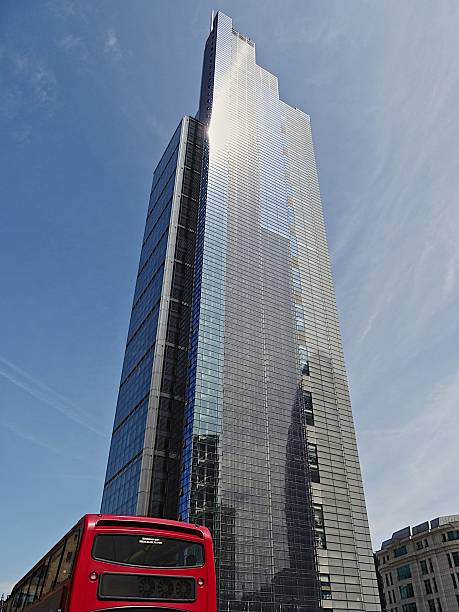
Salesforce Tower, formerly Heron Tower, was built between April 2008 and April 2010.
Like The Shard, Salesforce Tower was the subject of a public inquiry as heritage groups objected to constructing a skyscraper near St. Paul’s Cathedral.
Designed by the architectural firm Kohn Pederson Fox, Salesforce Tower is a 755-foot (230-meter) tower, including a 28-meter mast.
The building is of glass and steel and offers 442,928 square feet of office space on 36 floors, a restaurant, a sky bar, and three basement levels.
The office spaces are divided into three floors, creating “office villages” of approximately 35,000 square feet.
The service core is staggered to create flexible open-plan offices, and the exterior steel structure reduces the need for internal columns.
Ten double-deck high-speed lifts and six external panoramic lifts serve the floors.
Clear glass on the building’s facades maximizes daylight, and photovoltaic cells generate renewable energy, giving the building a BREEAM “Excellent” rating.
Salesforce Tower, built by Heron International, is the centrepiece of Heron Plaza on the 110 Bishops Gate site. It includes public spaces, squares, and gardens.
By the end of 2009, the building reached the 44th floor, overtaking Tower 42 as the tallest building in the City of London.
Its reign was short-lived, however, as “The Shard” overtook it well before its completion.
5. Leadenhall Building/The Cheesegrater – 738 Feet
122 Leadenhall St, London EC3V 4AB, UK
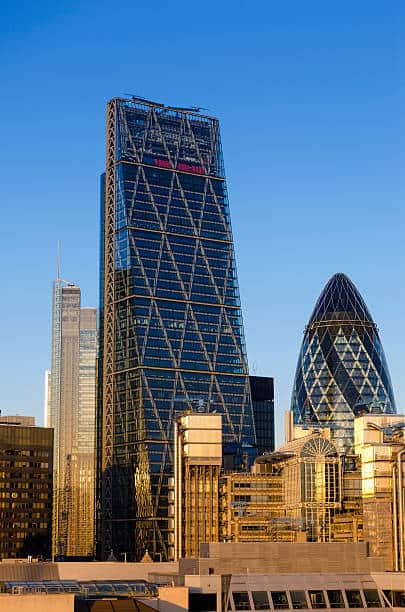
The Leadenhall Building, also affectionately known as the “Cheesegrater,” is undoubtedly one of London’s most unique buildings.
It was designed by Rogers Stirk Harbour + Partners (RSHP) and became famous as “Cheesegrater” because of its characteristic wedge-shaped structure.
The moniker comes from the City of London Corporations planning officer at the time, Peter Rees.
When he saw a building model, Rees jokingly suggested his wife could grate Parmesan cheese in it.
And just like that, the name “Cheesegrater” was born.
Architecturally, RSHP attributes the design to the need to protect the landmarks of historic St. Paul’s Cathedral and Westminster Palace.
In any case, at 738 feet (225 meters), the Cheesegrater is now one of the tallest buildings in the London cityscape.
The building is located at 122 Leadenhall Street in the heart of the capital. It’s right next to the Lloyds building, also designed by RSHP.
6. BT Tower – 620 Feet
60 Cleveland St, London W1T 4JZ, UK
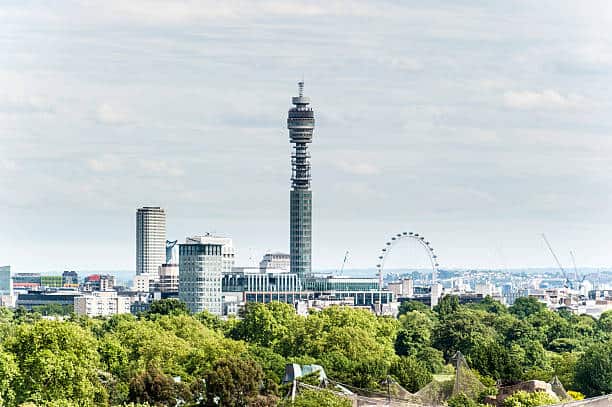
At 620 feet (189 meters), BT Tower, formerly the Post Office Tower and London Telecom Tower, is the second tallest freestanding building in London.
In its heyday, the tower was the tallest building in Britain. However, it was dethroned by the NatWest Tower in 1980.
The BT Tower is a slender, glass concrete cylinder that was originally designed primarily as a telecommunications tower.
This Grade 11 communications tower in Fitzrovia, Borough of Camden, is a winning combination of purpose and design.
It consists of three visible parts: a group of offices extending upward, a section housing satellite dishes and other telecommunications equipment, and a series of rounded glass sections stacked like hats over several levels.
7. The Scalpel – 620 Feet
52 Lime Street, London, EC3; UK
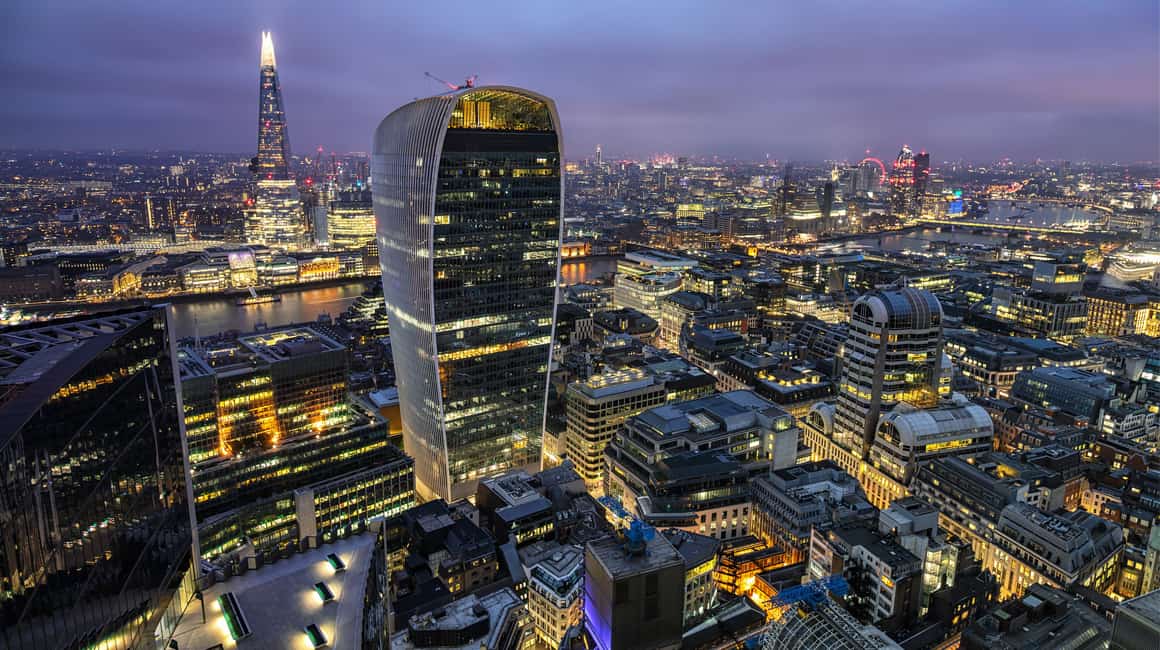
Another London skyscraper worth mentioning is the Scalpel. It deserves mention because of the style in which it was built.
It’s very popular among architects and looks appropriate for where it was built.
Like the Leadenhall Building, the Scalpel’s angular design was deliberate. The building was meant to fit in with the other skyscrapers in the area (Gherkin, Walkie Talkie, etc.)
In addition, the architects wanted to preserve the view of St. Paul’s Cathedral.
True to their intentions, the Scalpel blends into the existing collection of buildings in the city perfectly.
And you can still clearly see the famous St. Paul’s dome from a distance.
8. The Gherkin – 591 Feet
30 St Mary Axe, London EC3A 8BF, UK
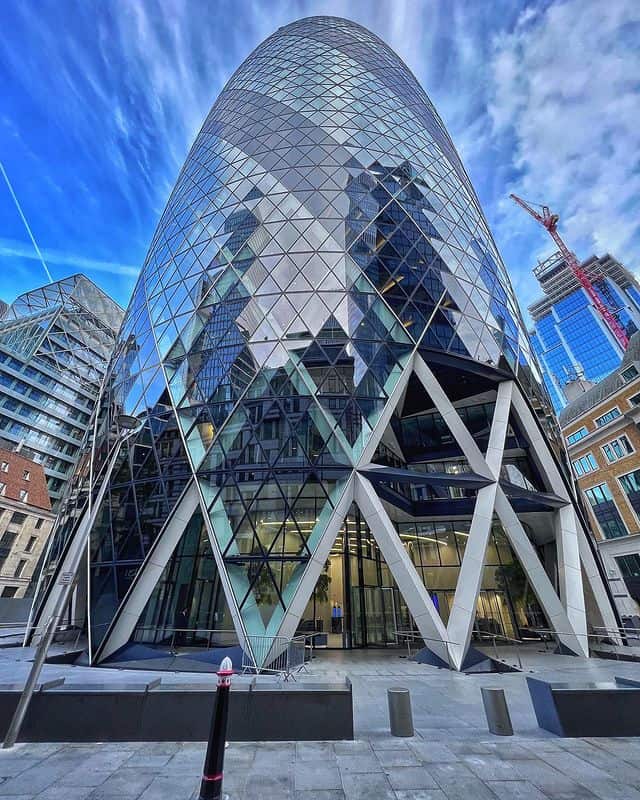
The Gherkin is instantly recognizable by its distinctive style.
Designed by Norman Foster in collaboration with Ken Shuttleworth, the Gherkin is a colourful landmark on the London skyline, standing 591 feet (180 meters) high.
It’s a favourite among architects, Londoners, and visitors, who all praise its bold and original design.
It was built between 2001 and 2003 on the site of the former Baltic Exchange (24-28 St Mary Axe) and inaugurated in 2004.
Londoners nicknamed it “The Gherkin” because its shape resembles a pickled cucumber.
The building is also unofficially called “Swiss Re Building,” a reference to its former owner and current primary occupant, the reinsurance group Swiss Re.
In addition to its architectural style, The Gherkin also stands out for the energy-saving technologies it uses.
The building can be seen clearly from numerous London hotels such as the Hyatt London, Shangri-La, the Shard, and Trafalgar St James.
You can also see it from a long distance, such as the M11 Motorway and Windsor Great Park’s statue of George III.
The Gherkin has an elegant curving design with triangular glass windows that make it look less like a building and more like a piece of candy.
9. One Blackfriars – 543 feet
1-16 Blackfriars Rd, London SE1 9GD, UK
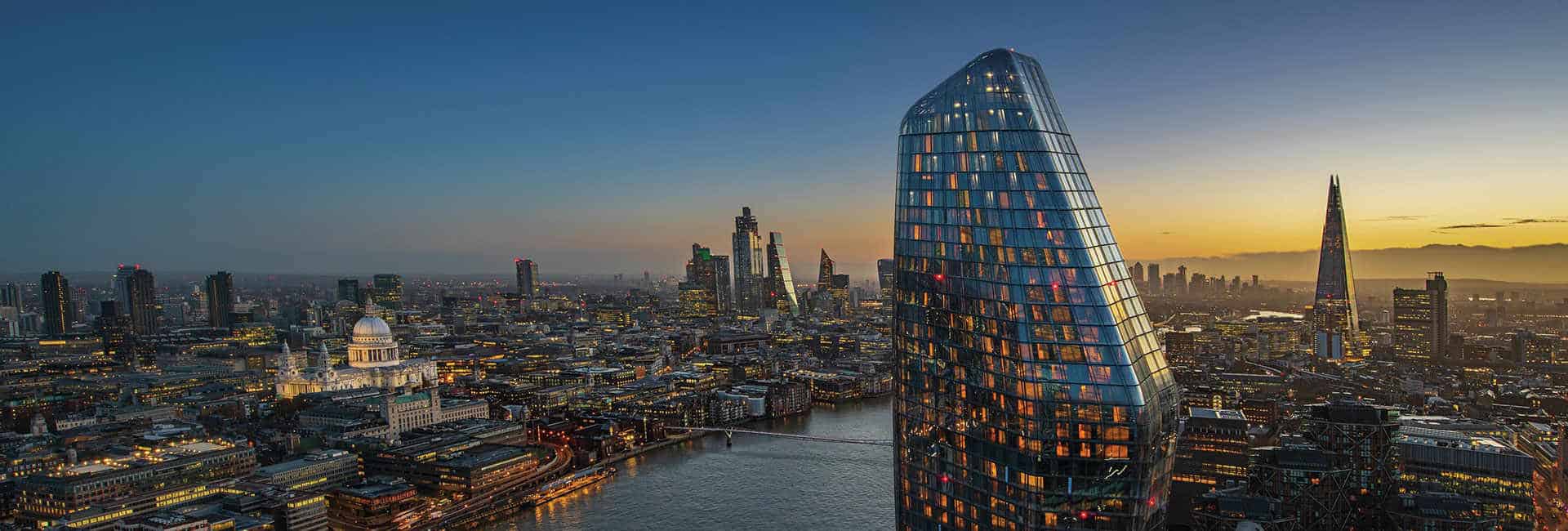
One Blackfriars stands tall against ground breakers The Shard and Southbank Towers.
Famous for its unusual shape, this mix use development is a complex of three interconnected buildings nestling in London’s Southbank.
The tallest section is 50 stories high. The building houses residential units, a viewing lounge, a boutique hotel, chic retail stores, and a public piazza.
The building is also known as “The Vase” or “The Boomerang” because of its peculiar vase-like shape.
10. The Walkie Talkie – 525 Feet
20 Fenchurch Street, London, UK
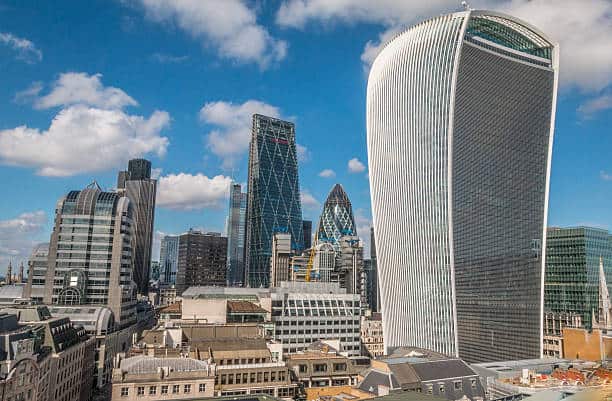
20 Fenchurch Street is probably the most controversial building in the history of London architecture.
The building, popularly known as Walkie Talkie because of its top-heavy appearance, was designed by Rafael Vinoly.
It was initially planned in 2006 as a 565-foot (200 meters) tower with 45 floors. But because of concerns about its height and impact on views, the structure was reduced by nine stories to 525 feet.
The Walkie Talkie design features unique double and triple-glazed aluminium cladding.
The south façade is ventilated to improve the building’s efficiency and reduce solar gain.
There’s extensive solar shading on the east and west sides of the building.
This building received a “Very Good” BREEAM rating when it was constructed due to its brilliant design.
No one imagined it would bring so much bad press in the years following.
First, it was the “death ray” in 2013 and then came the wind tunnel effect.
Critics have also disregarded the Walkie Talkie’s design citing it as “inelegant, bloated and thuggish.” Harsh!
Though most problems such as solar glare have been fixed, critics still think the Walkie Talkie doesn’t blend in with the cityscape.
They argue that the building sticks out like a sore thumb. What do you think?
11. Strata SE1 (The Razor) – 482 Feet
8 Walworth Road London SE16 UK
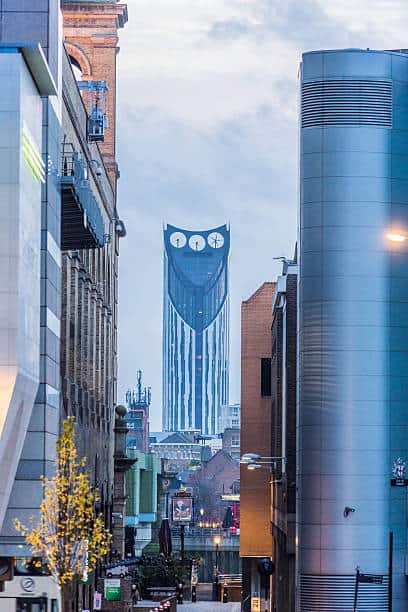
London’s most popular residential building, the Razor, was built between 2007 and 2010. It was designed by BFLS (formerly Hamiltons).
The building is located in Elephant and Castle in Southwark and was the tallest residential building in London at the time of its construction.
It is 482 feet (142 meters) high and has over 1000 tenants living in its 408 flats.
A unique feature of the building is the three wind turbines atop it, which stand out from the norm of tacked-on turbines.
One might think that the turbines are just an adornment to the building, but that’s not the case.
BFLS intended for these turbines to power at least 8% of the building once it opened, which it did for the first few months before they were mothballed.
Since then, it’s been claimed that the turbines were only meant to “greenwash” the public.
Despite the criticism, the Razor has won numerous awards for its architectural design and public opinion. It remains a classic sight on the London skyline.
Before Strata SE1 became known as “The Razor,” journalists tried to call it “The Electric Razor.”
Boris Johnson (the mayor of London at the time), also nicknamed it “The Lipstick” because he thought the building had certain oomph.
However, these nicknames didn’t stick, except “The Razor,” which remains popular with residents to this day.
12. Manhattan Loft Gardens – 469 Feet
Queen Elizabeth Olympic Park, 22 International Way, London, E20 UK
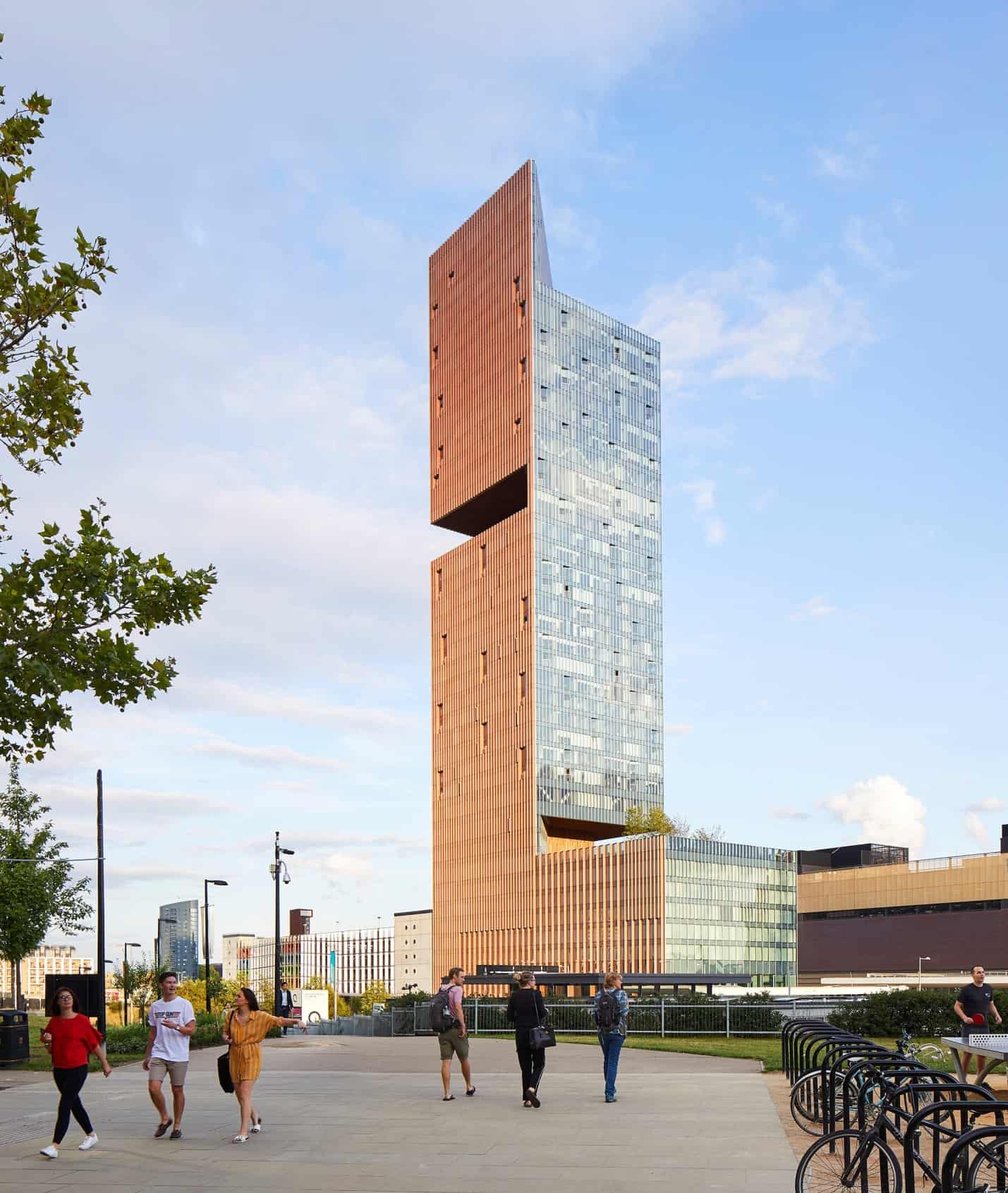
Europe’s most ambitious residential tower, the Manhattan Loft Gardens, is one of London’s more unusual-looking skyscrapers.
The serrated façade of terracotta and glass used in its construction is truly eye-catching.
The building, which US firm Skidmore Owings & Merrill designed, went up in 2018 and has studded the London skyline ever since.
13. St Paul’s Cathedral-365 Feet
St. Paul’s Churchyard, London EC4M 8AD, UK
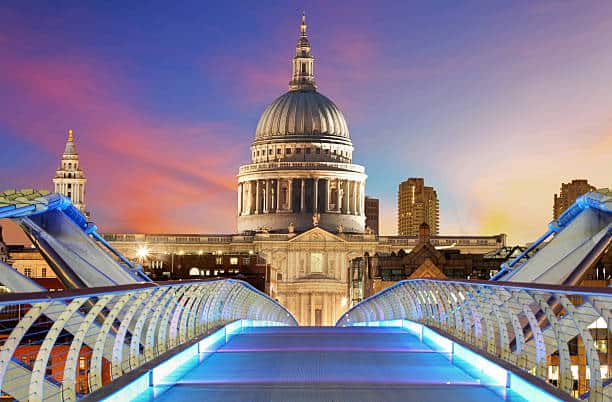
St. Paul’s Cathedral with its world famous dome has dominated the London skyline for centuries.
The iconic dome towers 365 feet (111 meters) above the city of London and is one of the largest in the world.
Observing the grisaille murals depicting scenes from the life of St. Paul from below the dome is an awe-inspiring experience.
You can also explore the cathedral for yourself and experience the acoustic quirks of the Whispering Gallery.
Climb 85 meters to the Golden Gallery for breathtaking, panoramic views of the capital and many London attractions. Or take a quiet moment to reflect and contemplate.
A visit to St Paul’s will be an experience you’ll treasure forever.
Note that St Paul’s Cathedral was founded in 604 AD.
The present cathedral is the fourth to occupy the site and was designed by Sir Christopher Wren.
Built about nine years after the Great Fire of 1666, which destroyed the previous building, it is the second largest cathedral in the world after St. Peters in Rome.
Construction of the structure took thirty-five years under the supervision of five different monarchs. The goal was for London’s leading church to be an edifice of grandeur.
Many famous people are buried here, including Sir Christopher Warren, Lord Nelson, The Duke of Wellington, and Sir Winston Churchill.
Miraculously, the cathedral survived the blitz of World War II, when much of the surrounding area was destroyed by German bombing. And in 1981, the royal wedding of Charles and Diana took place here.
14. Westminster Palace – 323 Feet
London SW1A 0AA, UK
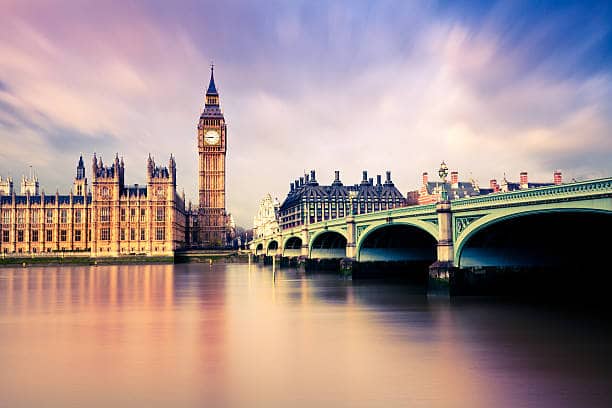
The Palace of Westminster houses the most famous and largest bell clock in the world – Big Ben – and is undeniably an icon.
Aside from being home to a legend, Westminster Palace is also a living guide to the events that shaped the destiny of modern Britain.
The awe-inspiring Gothic architecture owes its artistry to 19th-century architect Sir Charles Barry.
Westminster Palace is a UNESCO World Heritage site and Grade I listed. It houses a stunning blend of modern architecture, legendary furnishings, and monumental works of art.
15. City Hall – 147 Feet
Kamal Chunchie Way, London E16 1ZE, UK
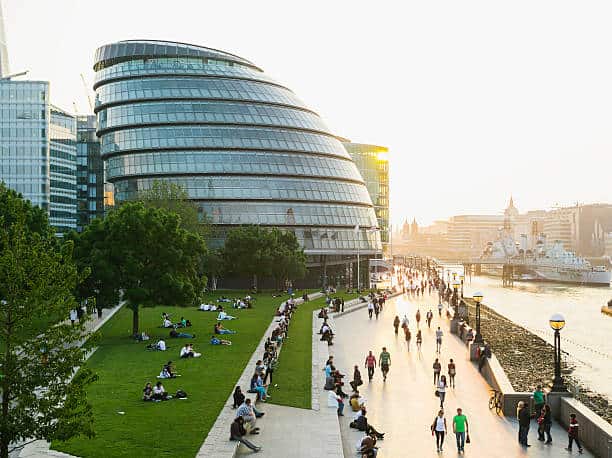
The distinctive City Hall is also a vital feature of the London Skyline.
It is an artistic landmark on the Thames designed by celebrated architect Norman Foster.
City Hall opened in 2002, and its unusual onion-like shape makes it an eye-catching feature along the river Thames.
Some commentators have even compared its form to that of Darth Vader’s helmet.
London sure is one spectacular city – and its impressive number of skyscrapers undoubtedly enhances its appeal.
There are, of course, many famous buildings that I haven’t mentioned – Tower 42, St George Wharf Tower, Broadgate Tower, 8 Canada Square, O2 Millennium Dome, Tower of London – to name a few.
